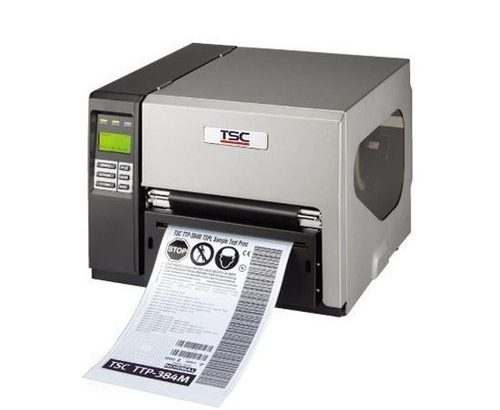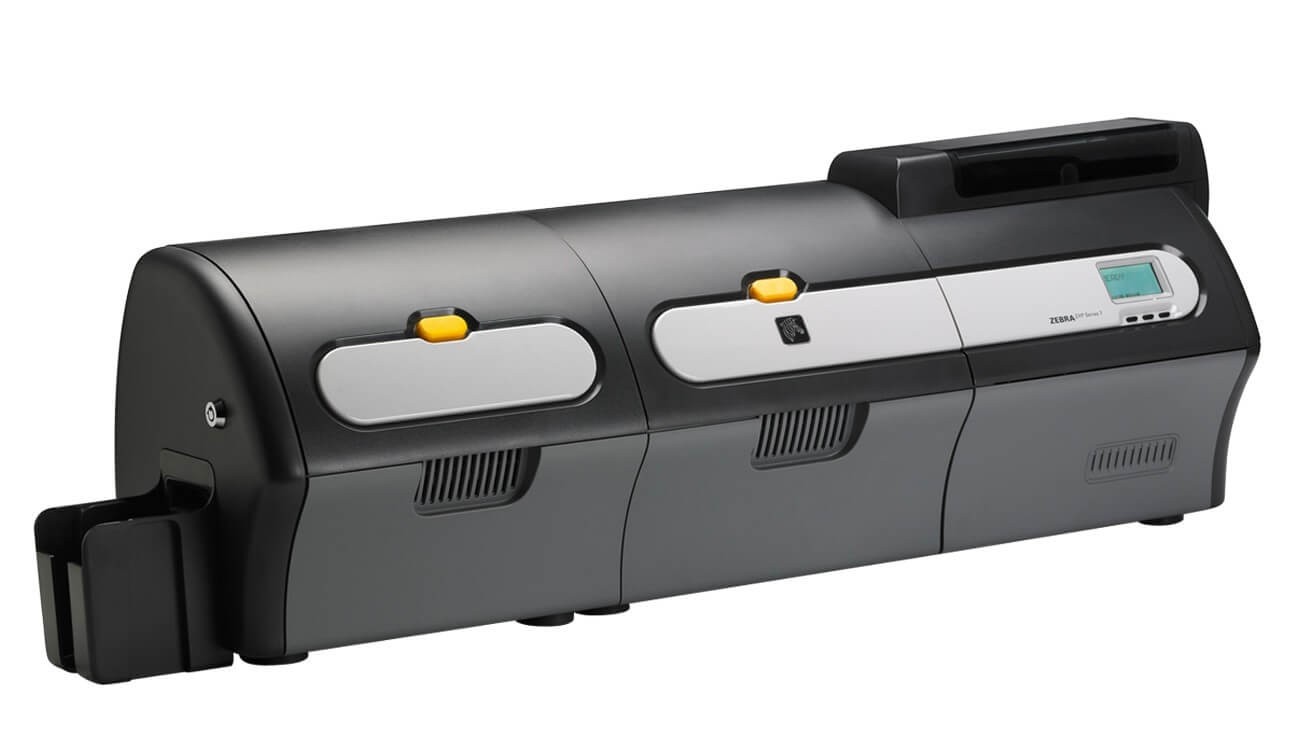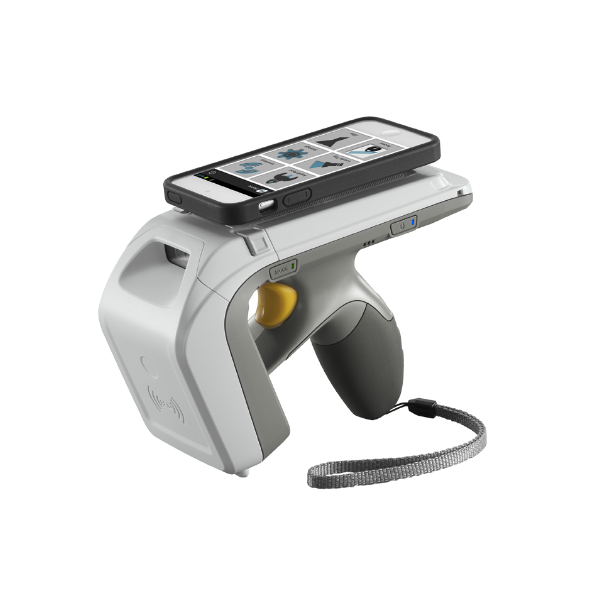 Direct Thermal (DT) & Thermal Transfer (TT) Label Types
Direct Thermal (DT) & Thermal Transfer (TT) Label Types
What is the difference between direct thermal (DT) and thermal transfer (TT) printing?
There are two thermal printing methods: direct thermal and thermal transfer. Each method uses a thermal printhead that applies heat to the surface being marked. Thermal transfer printing uses a heated ribbon to produce durable, long-lasting images on a wide variety of materials. No ribbon is used in direct thermal printing, which creates the image directly on the printed material. Direct thermal media is more sensitive to light, heat and abrasion, which reduces the life of the printed material.
Why are direct thermal and thermal transfer the best technologies for printing bar codes?
Thermal label printers are ideal for bar code printing because they produce accurate, high-quality images with excellent edge definition. Thermal printers are engineered to print within tight tolerances and to produce the exact bar widths that successful bar code printing and scanning require. Each technology can produce one- and two-dimensional bar code symbologies, graphics and text at the same print resolutions and speeds.
How do I choose between direct thermal and thermal transfer printing?
The following sections will help you understand the differences between the technologies and how to select the appropriate print method for your application.
Direct thermal printing uses chemically treated, heat-sensitive media that blackens when it passes under the thermal printhead. Direct thermal printers have no ink, toner, or ribbon.
Their simple design makes thermal printers durable and easy to use. Because there is no ribbon, direct thermal printers cost less to operate than inkjet, laser, impact, and thermal transfer printers. Most mobile printers use direct thermal technology.
Thermal media images may fade over time. If the label is overexposed to heat, light, or other catalysts, the material will darken and make the text or bar code unreadable. For these reasons, direct thermal printing is not used for lifetime identification applications. The readability of direct thermal labels, wristbands, and receipt papers varies greatly, depending on the usage conditions, but the technology provides ample lifespan for many common bar code printing applications including shipping labels, patient and visitor identification, receipts, and ticket printing.
For example, direct thermal labels can easily remain scannable after spending six months in storage in a distribution center, and direct thermal patient wristbands have a special coating that makes them water- and chemical-resistant. Common thermal printing applications include: shipping labels, including compliance labels; receipts; pick tickets; coupons; event tickets; citations and parking tickets; name tags; visitor passes; and more.
In thermal transfer printing, a thermal printhead applies heat to a ribbon, which melts ink onto the material to form the image. The ink is absorbed so that the image becomes part of the media. This technique provides image quality and durability that is unmatched by other on-demand printing technologies.
















































